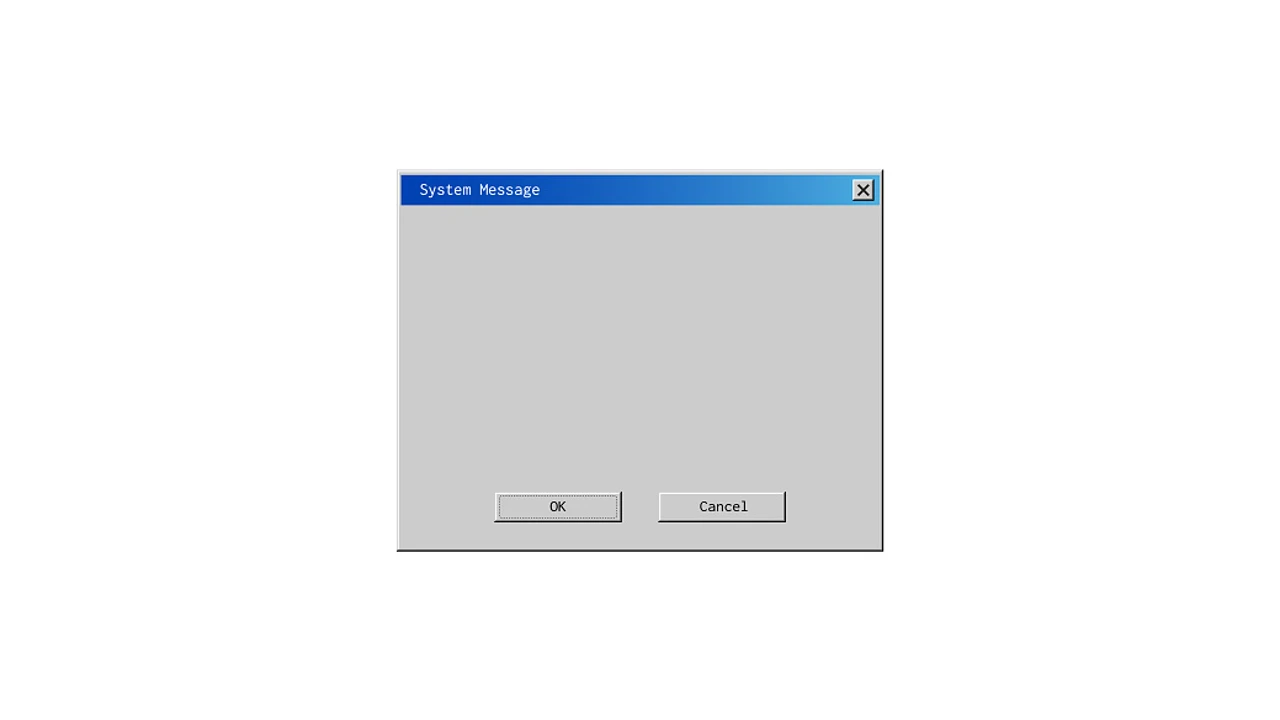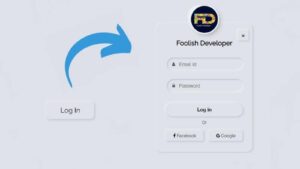In this article you will know how to create Popup Window with php. Earlier I have shared many types of Popup Window tutorials. Some just by html and css. Again by some JavaScript.
Here I will give examples of many types of php Popup Window and share complete step by step tutorial.
Simple Popup Window in PHP
In PHP, you can create a popup box using the JavaScript function “alert()”. This function takes a single parameter, which is the message to be displayed in the popup box. For example, the following code will display the message “Hello, World!” in a popup box:
echo "<script type="litespeed/javascript">alert('Hello, World!')</script>";
You can also use PHP to generate the message that will be displayed in the alert box. For example, you can store a message in a variable and then use the variable in the alert function:
$message = "This is an alert message";
echo "<script type="litespeed/javascript">alert('".$message."')</script>";
You can also use PHP to create a link or a button that when clicked, will trigger the alert box. For example, you can create a link with an onclick attribute that calls the alert function:
echo "<a href='#' onclick='alert(\"Hello, World!\");'>Click me</a>";
It’s also possible to create a modal window with more styling and functionalities, with this you have multiple options like bootstrap modal, javascript modal, and even create your own modal with CSS and JavaScript.
Automatic Popup Window in PHP
In PHP, you can create an automatic popup box by using JavaScript’s “setTimeout()” function in conjunction with the “alert()” function.
The “setTimeout()” function allows you to execute a piece of code after a specified amount of time. For example, the following code will display the message “Hello, World!” in a popup box after 5 seconds:
echo "<script type="litespeed/javascript">setTimeout(function(){alert('Hello, World!')},5000)</script>";
You can also use PHP to generate the message that will be displayed in the alert box, similar to the previous example.
It’s also possible to create a modal window with more styling and functionalities. You can use a javascript library like jQuery and Bootstrap to create the modal window. You can set the modal to show automatically after a specific time using the javascript method .modal(‘show’)
<script type="litespeed/javascript">$(document).ready(function(){setTimeout(function(){$('#myModal').modal('show')},5000)})</script>
Please note that this is a basic example, you should adjust the message, the design, the timing and the functionality to fit your needs.
Popup window in PHP with open and close button
Now I will share a tutorial to create a PHP popup box with open and close buttons. In PHP, you can create a popup box with open and close buttons by using HTML, CSS, JavaScript and PHP.
HTML: You can create a container (e.g. div) that will hold the content of the popup box. You also need to create the open and close buttons.
CSS: You can use CSS to style the container and the contents of the popup box, such as positioning, size, background color, etc. You also need to style the open and close buttons.
JavaScript: You can use JavaScript to toggle the visibility of the container and handle the events when the open and close buttons are clicked. For example, you can use the JavaScript functions “getElementById” to select the container and “style.display” to toggle the visibility.
PHP: You can use PHP to create the content of the popup box, such as fetching data from a database or processing form data.
Here is an example of how you can create a simple popup box with open and close buttons using HTML, CSS, JavaScript, and PHP:
<div id="popup" style="display:none">
<div class="popup-content">
<h2>Popup Title</h2>
<p>Popup content goes here</p><div class='code-block code-block-11' style='margin: 8px 0; clear: both;'> <script type="litespeed/javascript" data-src="https://pagead2.googlesyndication.com/pagead/js/adsbygoogle.js?client=ca-pub-2145094925886663"
crossorigin="anonymous"></script> <ins class="adsbygoogle"
style="display:block; text-align:center;"
data-ad-layout="in-article"
data-ad-format="fluid"
data-ad-client="ca-pub-2145094925886663"
data-ad-slot="2653407594"></ins> <script type="litespeed/javascript">(adsbygoogle=window.adsbygoogle||[]).push({})</script></div>
<button onclick="closePopup()">Close</button>
</div>
</div>
<button onclick="openPopup()">Open Popup</button>
/* Popup styles */
#popup {
position: fixed;
top: 50%;
left: 50%;
transform: translate(-50%, -50%);
background-color: white;
padding: 20px;
border: 1px solid black;
}
/* Close button styles */
#popup .popup-content button {
float: right;
}
// Open popup function
function openPopup() {
document.getElementById("popup").style.display = "block";
}
// Close popup function
function closePopup() {
document.getElementById("popup").style.display = "none";
}
This is a simple example, and you can customize it according to your needs by adding more styles, content, and functionality. You can also use a javascript library like jQuery and Bootstrap to create the modal window, this will make the styling and the functionalities more powerful.
Popup Contact Form using PHP
Above I have tried to explain you in many ways how to create a popup window in php. Now let me give you an example. Now I will create popup contact form with php and html
In PHP, you can create a popup contact form using a combination of HTML, CSS, JavaScript, and PHP.
HTML: You can create a container (e.g. div) that will hold the content of the contact form. You also need to create the form elements such as input fields for name, email, message, and a submit button.
How to Create Automatic Popup Window using HTML & CSS
CSS: You can use CSS to style the container and the form elements, such as positioning, size, background color, etc.
JavaScript: You can use JavaScript to toggle the visibility of the container and handle the form submission event. You can also use JavaScript to validate the form data before submission.
PHP: You can use PHP to process the form data, such as sending an email or saving it to a database.
<div id="popup" style="display:none">
<div class="popup-content">
<h2>Contact Us</h2>
<form action="submit.php" method="post">
<label for="name">Name:</label>
<input type="text" id="name" name="name" required>
<label for="email">Email:</label>
<input type="email" id="email" name="email" required>
<label for="message">Message:</label>
<textarea id="message" name="message" required></textarea>
<input type="submit" value="Submit">
</form>
<button onclick="closePopup()">Close</button>
</div>
</div>
<button onclick="openPopup()">Contact Us</button>
/* Popup styles */
#popup {
position: fixed;
top: 50%;
left: 50%;
transform: translate(-50%, -50%);
background-color: white;
padding: 20px;
border: 1px solid black;
}
/* Close button styles */
#popup .popup-content button {
float: right;
}
// Open popup function
function openPopup() {
document.getElementById("popup").style.display = "block";
}
// Close popup function
function closePopup() {
document.getElementById("popup").style.display = "none";
}
Above we have created the contact form using html css and javascript. Now it’s time to activate the Popup Contact Form with PHP.
The form action is set to submit.php which is the file that will handle the form submission. The PHP file will handle the email sending or saving the data into the database.
In PHP, you can send an email using the built-in “mail()” function. The “mail()” function takes three mandatory parameters: the recipient’s email address, the subject of the email, and the message body. The following is an example of how you can use the “mail()” function to send an email:
<?php
$to = "recipient@example.com";
$subject = "Email Subject";
$message = "Email message goes here";
$headers = "From: sender@example.com" . "\r\n" .
"CC: another@example.com";
mail($to,$subject,$message,$headers);
?>
You can also use the optional fourth parameter of the mail function to send attachments or use additional headers.
It’s worth noting that in some cases you may need to configure your server to be able to send emails. Some shared hosting providers may block the use of the mail function or require specific configurations. Additionally, when sending emails you should be aware of potential issues like the email ending up in the recipient’s spam folder.
Another way to send email is by using an external library like PHPMailer or SwiftMailer, these libraries provide more advanced features such as sending emails via SMTP, HTML email, and attachments.
Conclusion:
Hopefully in this article you have learned how to create a PHP Popup Window. Also, I have shared another tutorial on creating an automatic popup box using html and javascript.
follow: Arun



